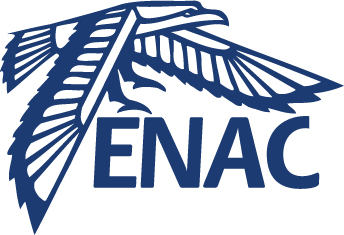Unsupervised aircraft trajectories clustering: a minimum entropy approach
Résumé
Clustering is a common operation in statistics. When data considered are functional in nature, like curves, dedicated algorithms exist, mostly based on truncated expansions on Hilbert basis. When additional constraints are put on the curves, like in applications related to air traffic where operational considerations are to be taken into account, usual procedures are no longer applicable. A new approach based on entropy minimization and Lie group modeling is presented here, yielding an efficient unsupervised algorithm suitable for automated traffic analysis. It outputs cluster centroids with low curvature, making it a valuable tool in airspace design applications or route planning. Keywords–curve clustering; probability distribution estimation; functional statistics; minimum entropy; air traffic management. I. INTRODUCTION Clustering aircraft trajectories is an important problem in Air Traffic Management (ATM). It is a central question in the design of procedures at takeoff and landing, the so called sid-star (Standard Instrument Departure and Standard Terminal Arrival Routes). In such a case, one wants to minimize the noise and pollutants exposure of nearby residents while ensuring runway efficiency in terms of the number of aircraft managed per time unit. The same question arises with cruising aircraft, this time the mean flight path in each cluster being used to optimally design the airspace elements (sectors and airways). This information is also crucial in the context of future air traffic management systems where reference trajectories will be negotiated in advance so as to reduce congestion. A special instance of this problem is the automatic generation of safe and efficient trajectories, but in such a way that the resulting flight paths are still manageable by human operators. Clustering is a key component for such tools: major traffic flows must be organized in such a way that the overall pattern is not too far from the current organization, with aircraft flying along airways. The classification algorithm has thus not only to cluster similar trajectories but at the same time make them as close as possible to operational trajectories. In particular, straightness of the flight segments must be enforced, along with a global structure close to a graph with nodes corresponding to merging/splitting points and edges the airways.
| Origine | Fichiers produits par l'(les) auteur(s) |
|---|
